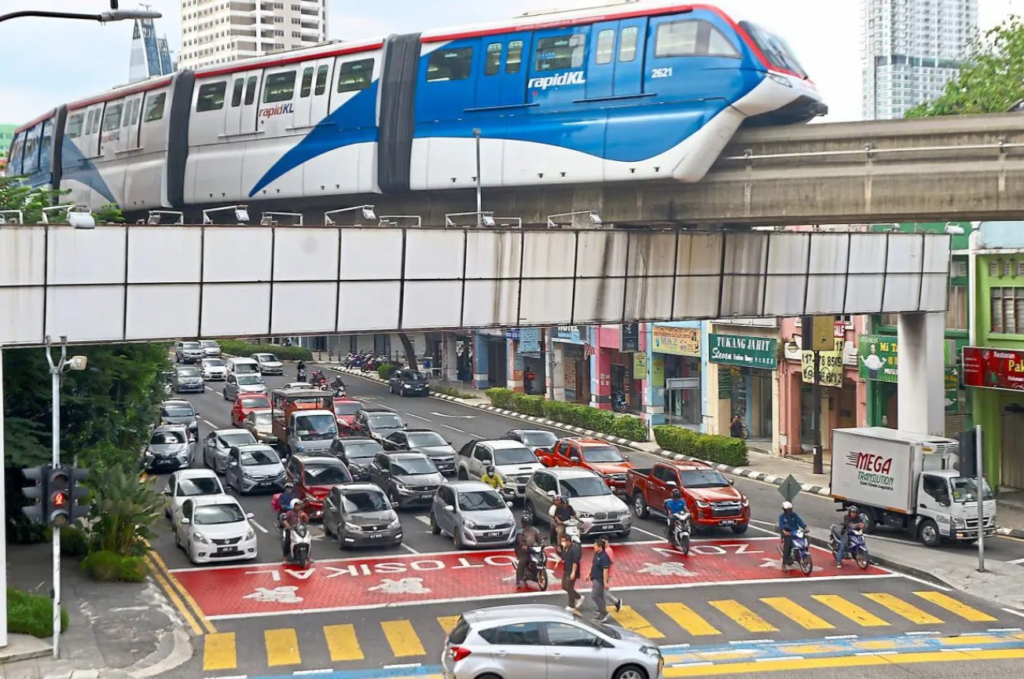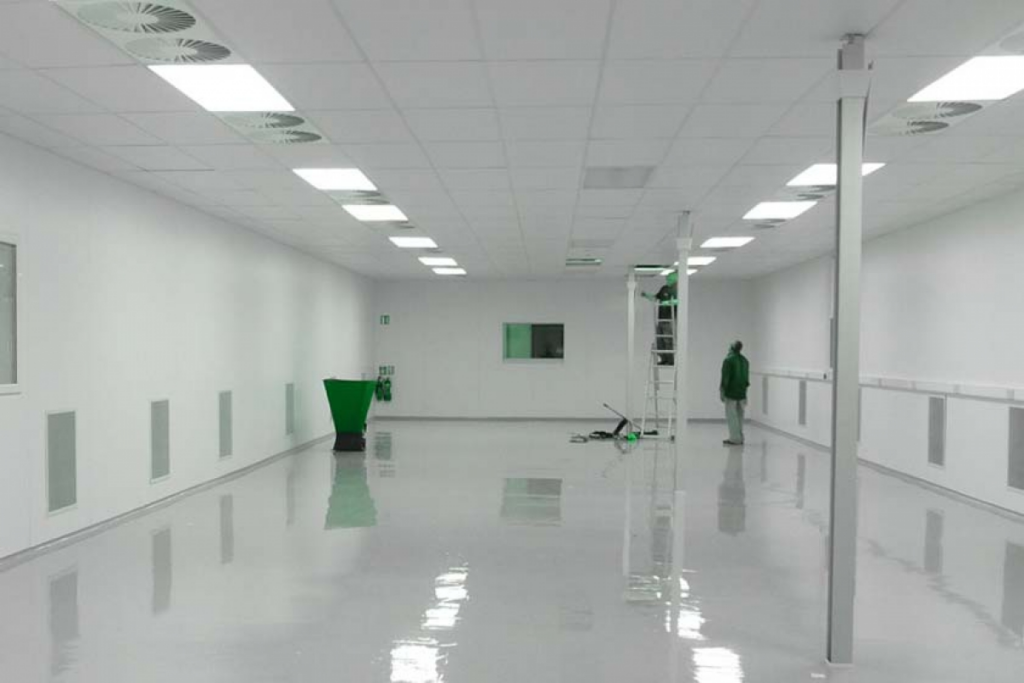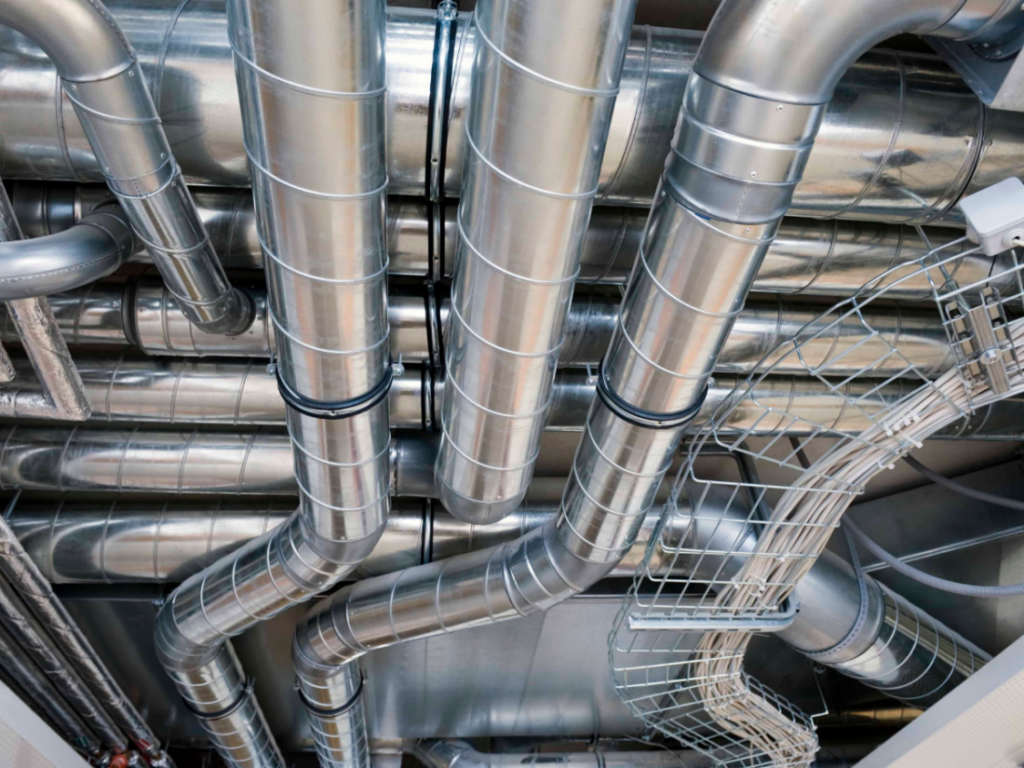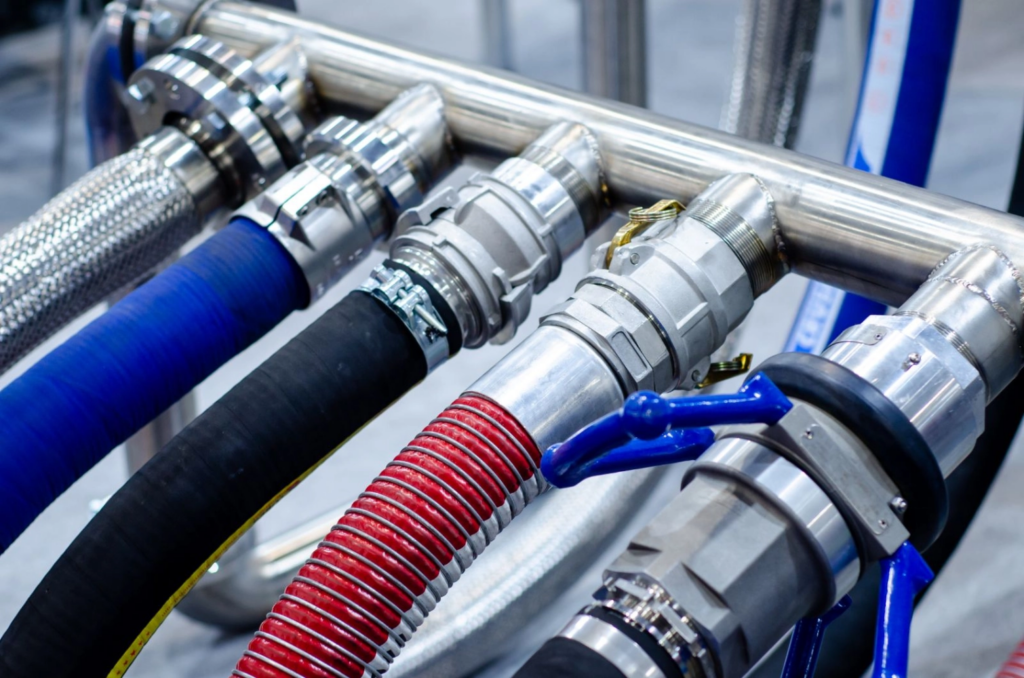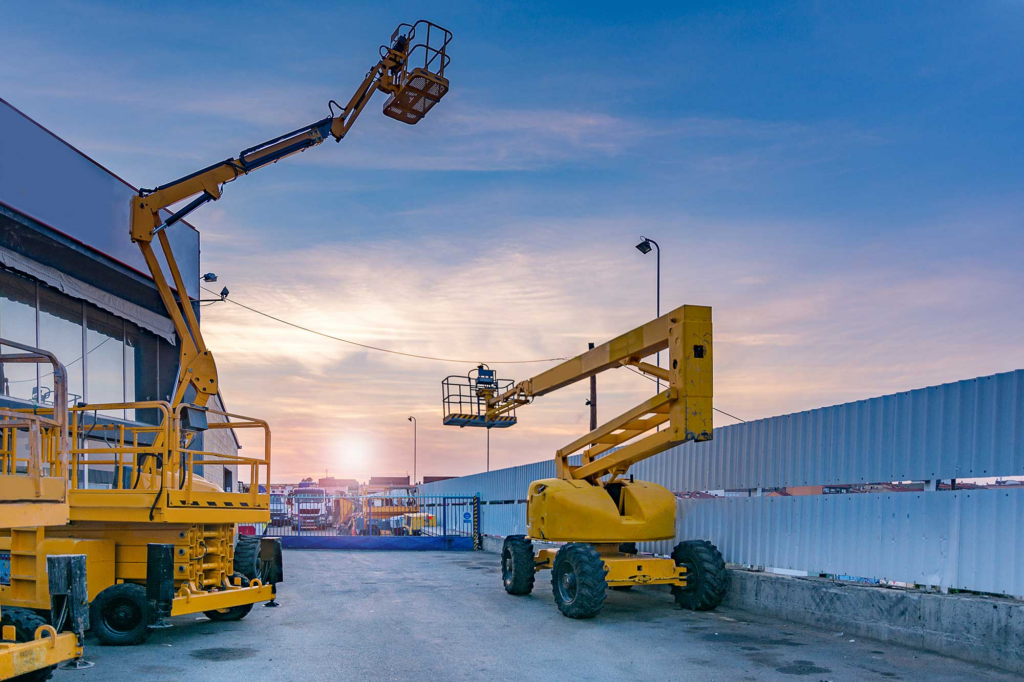As a business in Singapore, ensuring comprehensive insurance broker coverage for employees is crucial. An experienced insurance broker can help businesses navigate the complexities of employee insurance, ensuring they get the best employee benefits while optimizing costs. This guide will help you understand what to look for in an insurance broker and how they can assist in selecting the best policies.

Why Your Business Needs an Insurance Broker in Singapore
A reliable insurance broker in Singapore is essential for the company seeking a tailored insurance solution. Brokers can provide expert advice on different types of insurance such as company life insurance and medical benefits for employees, ensuring that businesses comply with regulations while securing the best coverage.
By working with an insurance broker, businesses gain access to customized insurance plans, cost-effective solutions, regulatory compliance, claims assistance, and multiple policy options that cater to their specific needs.
Key Factors to Consider When Choosing an Insurance Broker in Singapore
Selecting the right insurance broker is a crucial decision that impacts your company’s financial stability and employee benefits. One of the first things to look for is industry experience and expertise. An experienced insurance broker will have in-depth knowledge of the Singaporean insurance market and can recommend the best policies ensuring your workforce is well-protected.
The range of insurance products offered by a broker is another key consideration. A good insurance broker should provide a variety of policies from employee insurance to foreign worker medical insurance, allowing the company to customize their coverage.
Another crucial factor is the broker’s reputation and client reviews. Checking online testimonials can help gauge their reliability and service quality. Additionally, licensing and accreditation are important; ensure that your insurance broker is licensed by the Monetary Authority of Singapore (MAS) and possibly affiliated with industry bodies like the Singapore Insurance Brokers Association (SIBA).
Lastly, consider the broker’s claims support and customer service. The efficiency of an insurance broker in handling claims and assisting with documentation can make a significant difference in ensuring smooth claims processing and effective employee insurance management.

Understanding Business Insurance Options with an Insurance Broker in Singapore
A professional insurance broker can guide businesses in choosing the right insurance policies to safeguard their employees and company assets. One of the most common and essential policies is group health insurance, which provides medical coverage to a group of employees under a single plan, often at lower costs compared to individual insurance plans. This forms a crucial part of attractive medical benefits for employees.
Businesses that employ foreign workers must also consider foreign worker medical insurance. This type of insurance is legally required in Singapore and ensures that expatriate and migrant employees receive adequate healthcare coverage. A knowledgeable insurance broker ensures compliance with legal requirements while securing the best coverage options.
Another important policy is company life insurance, which provides financial protection for employees’ families in case of unforeseen events. group insurance is another key offering, providing life and accident coverage for employees under a single policy to enhance employee benefits and security. Companies can choose between group term life insurance and individual life policies. Get your free quote now!
How an Insurance Broker in Singapore Can Help Businesses Save Money
By comparing quotes from multiple insurers, insurance broker ensure that company get the most cost-effective solutions. Additionally, they assist in structuring employee insurance plans that match budget constraints while maximizing coverage. Their expertise in regulatory and tax-efficient insurance structures further helps the company reduce expenses without compromising employee benefits.

Conclusion: Making the Right Choice with an Insurance Broker in Singapore
Selecting the right insurance broker in Singapore is crucial for ensuring that your company and employees receive the best insurance coverage. From group health insurance to foreign worker medical insurance, a reputable insurance broker will offer expert guidance to help the company make informed decisions.
By partnering with the right insurance broker, the company can provide top-tier employee benefits, enhance employee satisfaction, and ensure financial security for their workforce while staying compliant with Singaporean regulations.







